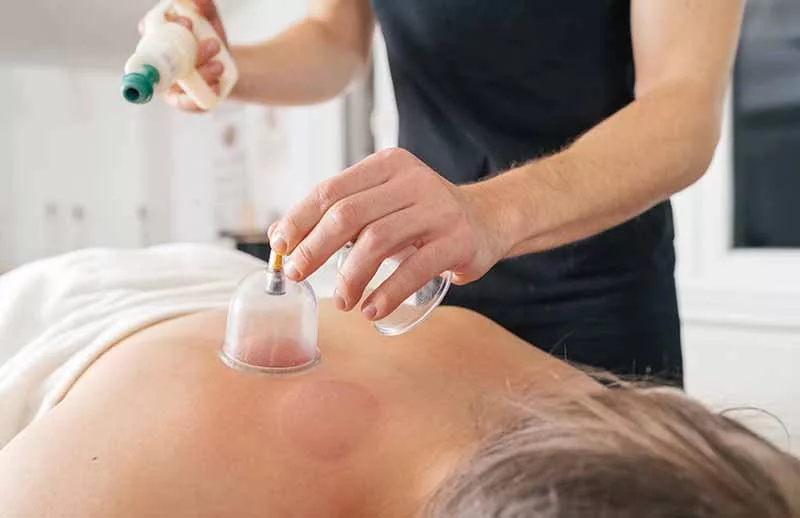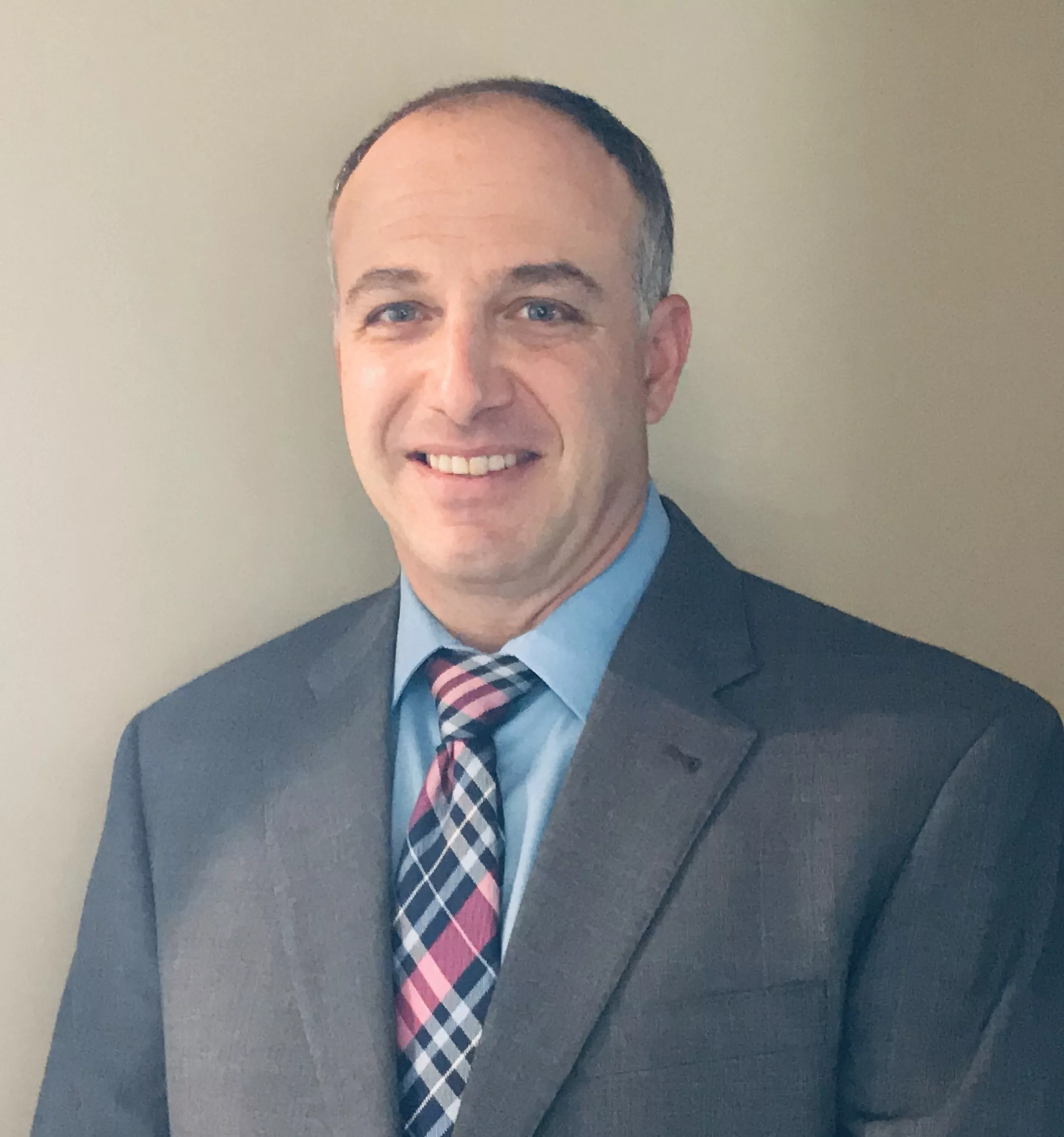
What is cupping?
Cupping is an ancient therapy used in traditional Chinese medicine that involves placing special cups on the skin to create suction. This suction helps to improve blood flow, relieve muscle tension, and promote healing in the body. Cupping is believed to stimulate energy flow, reduce inflammation, and assist in detoxification. The therapy can be applied in various forms, such as dry cupping (without incisions) or wet cupping (with slight incisions for bloodletting). It is often used to treat pain, inflammation, and other health conditions by balancing the body’s energy pathways.
How do you prepare for cupping?
To prepare for a cupping session, it’s important to wear loose, comfortable clothing to allow easy access to the areas being treated, typically the back, shoulders, or legs. Stay hydrated before the session, as this helps improve circulation and aids the body’s natural healing process. Avoid eating a heavy meal at least 1-2 hours before your appointment to prevent discomfort during the therapy. If it’s your first time, discuss any medical conditions or skin sensitivities with your practitioner to ensure cupping is safe for you. It’s also a good idea to avoid using lotions or oils on the skin beforehand, as these can affect the suction of the cups.
Why is cupping performed?
Cupping is performed to promote healing, relieve pain, and improve overall well-being. It is commonly used to reduce muscle tension, treat chronic pain, and enhance blood circulation. The therapy helps to loosen tight muscles, making it popular among athletes for recovery and injury prevention. Cupping is also believed to help reduce inflammation, remove toxins, and boost the immune system by stimulating blood flow and energy pathways in the body. Additionally, it is used to address respiratory issues, digestive problems, and stress-related conditions, offering a natural way to support the body’s healing process.
What can you expect during a cupping appointment?
During a cupping appointment, you can expect the practitioner to place specialized cups on your skin, usually on the back, shoulders, or other areas experiencing tension. These cups create a suction effect, either by heating the air inside or using a pump, which draws the skin upward. The sensation may feel like a tight pressure or a pulling on the skin, but it should not be painful. Cups are typically left in place for 5-15 minutes. Some people may experience temporary redness or circular marks where the cups were applied, which usually fade within a few days. The session is often relaxing, and many patients report a sense of relief and increased circulation after the treatment.
What is the followup like for cupping?
After a cupping session, it’s common to experience mild soreness or circular marks on the skin where the cups were placed. These marks are not bruises and typically fade within a few days to a week. To aid in recovery, it’s important to stay hydrated, as this helps flush out toxins and supports the healing process. Avoid taking hot showers or exposing the treated areas to extreme temperatures for at least 24 hours. Gentle stretching or light activity can help maintain the benefits of the therapy. If needed, follow up with your practitioner for additional sessions or advice on how to manage any lingering discomfort. Most people experience relief after one session, but multiple treatments may be recommended depending on your condition.
What are the potential risks for cupping?
While cupping is generally considered safe for most people, there are some potential risks to be aware of. These can include temporary skin discoloration or bruising, which may occur due to the suction, but these marks typically fade within a few days. In rare cases, skin irritation, burns (from the heating method used in some cupping techniques), or mild soreness may occur. Cupping should not be performed on areas with broken skin, open wounds, or infections, and it may not be suitable for individuals with certain medical conditions, such as blood disorders or skin sensitivities. It’s essential to consult with your practitioner before starting cupping, especially if you are pregnant, have a history of blood clots, or have other health concerns. When done by a trained professional, cupping is typically a low-risk therapy.



